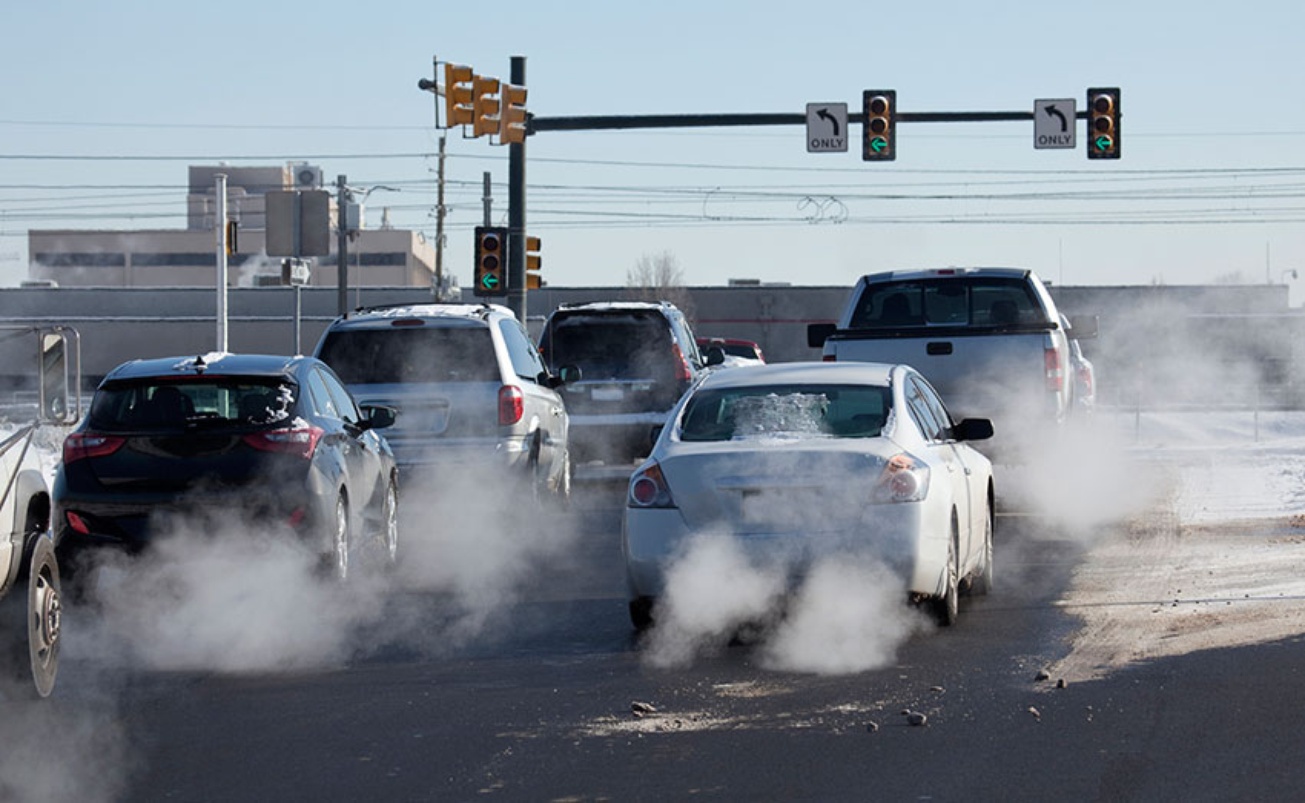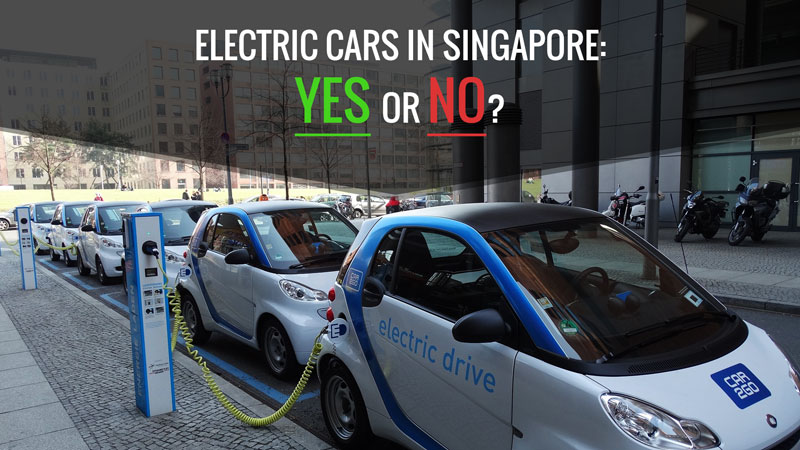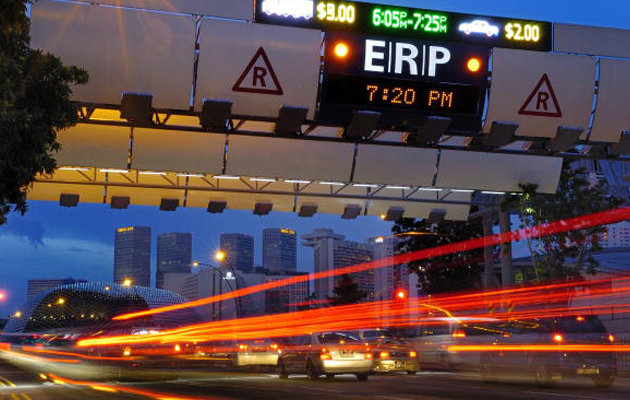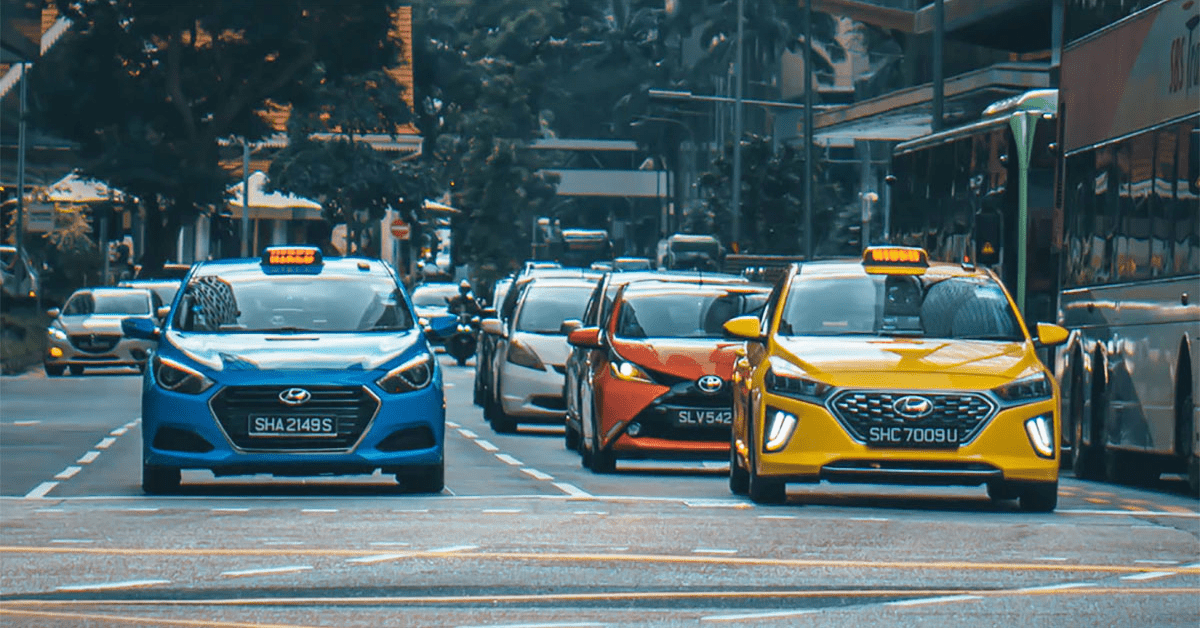Most people are aware that cars are one of the greatest causes of air pollution, but few are aware that they inhale pollutants inside the car (in-car pollution). Both types of pollution are harmful & in this article, we will cover how pollutants end up inside the car, the harm it causes, and what you can do to reduce it.
Vehicle exhaust fumes consist of carbon dioxide, carbon monoxide (which is quite lethal) and small quantities of nitrogen oxide and sulfur dioxide. The combination of these fumes produces a deadly cocktail that brings about respiratory problems when inhaled.
Additionally, it damages the ozone layer and the environment. The dangers may not be felt instantly but they become noticeable over time, causing permanent damage to our bodies and the world we live in.
How Do Pollutants End Up Inside Cars?

Most pollutants come from exhaust fumes. The walls between the car’s engine and the interior of the car aren’t as thick as we think. The engine emits gases that leak into the car’s interior. You may think that opening the windows will prevent a buildup of these emissions, but it also allows emissions from other cars to enter your car.
Polluted air makes its way into the car via air vents or open windows and recirculates them inside the car. On the other hand, keeping the windows closed slowly also escalates the buildup of your own engine’s emissions as the levels of some pollutants are higher inside the car, compared to one the roads.
Did you know that the “new car smell” is a brew of over 300 chemicals (many of which are toxic)?
Find out about other vehicle smells you should know.
What Determines The Level Of In-Car Pollutants

Some of the factors that determine the level of in-car pollutants include:
- Traffic (heavy traffic, or stopping at red lights is worse)
- Your Driving Speed
- Age & Condition of Your Car (e.g. if engine is not functioning optimally, you can expect higher levels of in-car pollutants)
- Type of vehicles nearby
- Ventilation (recirculating the air filters out most outside pollutants, but keeps in more pollutants that are produced internally)
What Are The Dangers Of In-Car Pollution?

Risks vary for different people:
a) Healthy adults
In-car pollutants can result in throat/chest irritation or discomfort, headaches or even drowsiness (higher risk of accidents). It can also increase risks of blood clotting & inflammation and can disrupt heart functions such as heart rhythm and rate.
b) Those with heart & respiratory problems
Inhaling in-car pollutants can trigger respiratory attacks like asthma attacks or even stroke & heart attacks.
c) Children
Children face a greater risk of in-car pollution because their vital body organs such as the lungs are not fully developed. Research has revealed that such pollution can interfere with children’s brain development, cognitive ability & behaviour (e.g ability to learn & their reaction timing).
In other cases, in-car pollution compromises immunity, putting them at greater risks of cardio-respiratory problems such as asthma.
What can you do to reduce in-car pollutants?

- Ensure your car is well-maintained: a poorly maintained car releases more in-car pollutant. In particular, check that your engine and air-filtration system are clean & in good condition (Watch a fast & simple car aircon cleaning trick, & learn how to easily change your air filter) keep your interior clean as dust retains pollutants & can be inhaled (check out: 8 household items to keep your car clean, Carro’s guide to deep cleaning your car)
- When driving on congested roads: keep the windows closed, keep a safe distance from other cars (try not to drive behind heavy polluting vehicles), set air-conditioner/ ventilation to ‘recirculate’.
- When driving on non-congested roads: open your windows slightly to let the in-car pollution out, and fresh air in.
- At traffic lights/ during traffic jams: Try to keep some distance from polluting vehicles, such as diesel trucks, close windows
- When driving new cars: for the first few months, try to drive on emptier roads so you can open the windows and let out VOC pollutants in the ‘new car smell’
While it is currently impossible to eliminate the harmful effects of air pollution, we can minimize it by adopting the above suggestions & tackling the root issue of air pollution by driving greener cars.
Hopefully, there will be more cars with lower emission, cleaner diesel & fuel technologies on the road in the near future.
People also liked: 8 SIMPLE WAYS TO MODIFY YOUR CAR IS YOUR AIRBAG LIGHT ON? 6 VEHICLE WARNING SMELLS YOU SHOULD KNOW ABOUT




